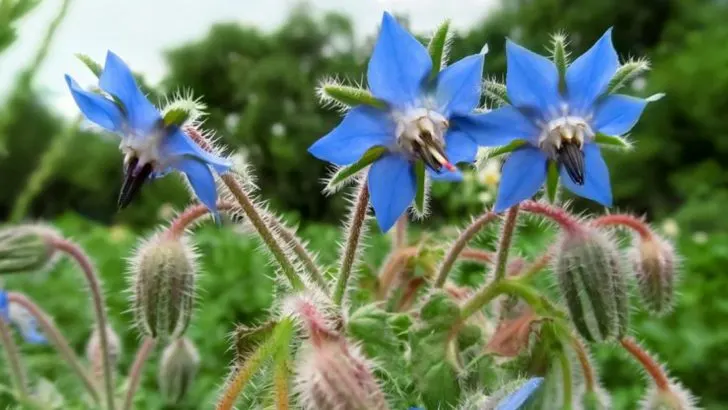Some plants are born to take the fall. While your tomatoes, beans, and lettuce bask in safety, there’s a scrappy group of heroes doing the dirty work—drawing in the bugs, so your favorites stay untouched. They’re not martyrs. They’re decoys. Battle-ready, bug-loving decoys. Want fewer holes in your kale? Stop playing defense and start planting bait. These 7 trap crops are your garden’s undercover agents—irresistible to pests and surprisingly easy to grow. From aphid-attracting nasturtiums to radishes that distract beetles like candy at a parade, these plants take the hit… so your harvest doesn’t have to.
Nasturtiums
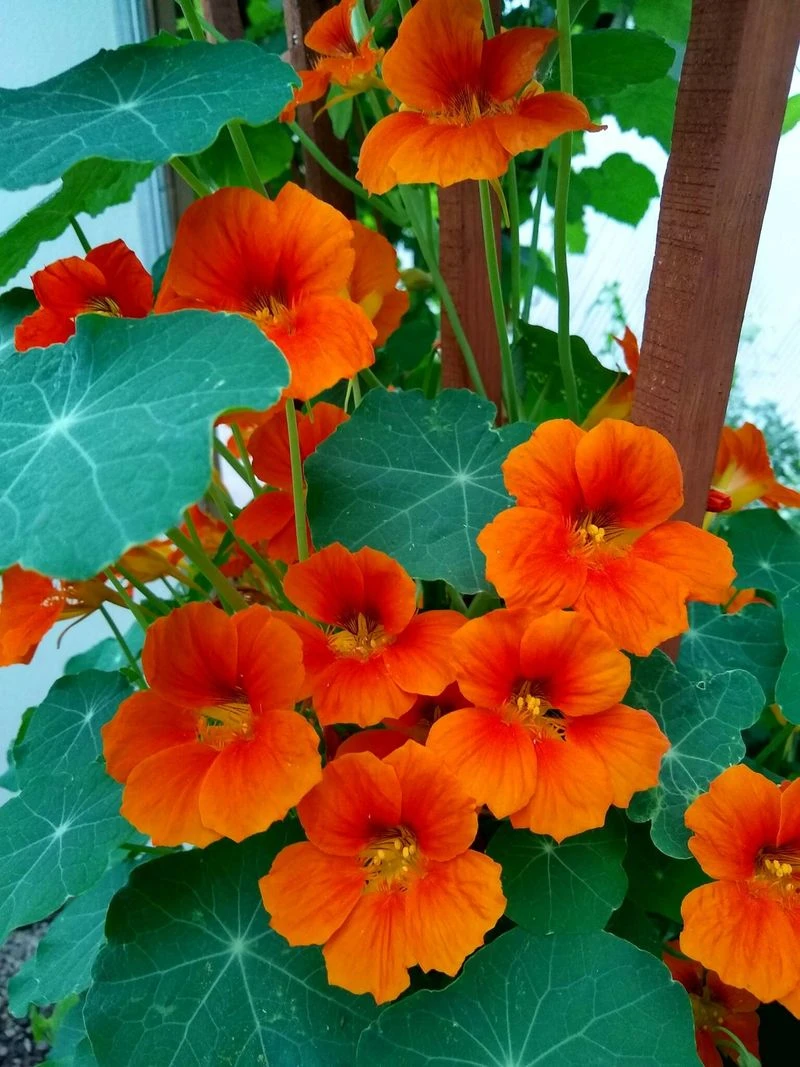
Nasturtiums have long held a special place in the hearts of gardeners, not just for their vibrant blooms but for their pest-attracting abilities. Aphids, mesmerized by their colorful petals, flock to these flowers, sparing other plants. This beautiful diversion allows gardeners to manage aphid populations naturally.
Nasturtiums grow well in various conditions, making them versatile additions to any garden. They can act as a living barrier, drawing pests away from tender greens and vegetables.
Ideal for companion planting, these flowers offer both beauty and functionality, serving as a natural, pesticide-free pest control solution.
Radishes
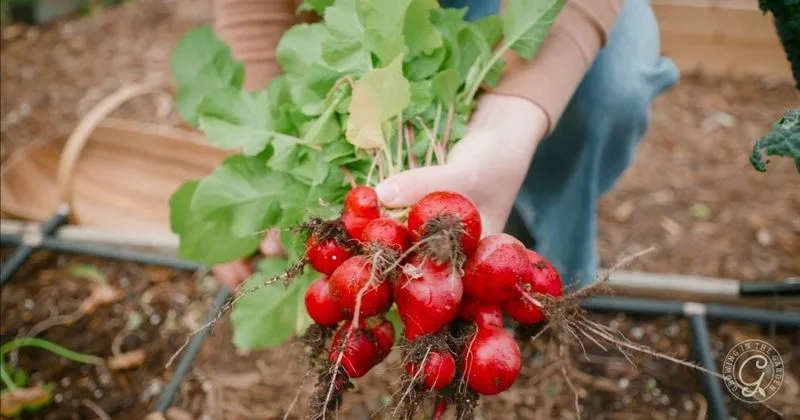
Radishes have a knack for attracting beetles, making them an indispensable part of any pest management strategy. Their spicy roots seem irresistible to these pests, who prefer them over other vegetables.
Planting radishes alongside crops like squash or cucumbers helps to protect these valuable plants from beetle damage. They grow quickly, offering a fast-acting solution for beetle control.
Not only do they lure beetles away, but they also add a peppery punch to salads and dishes. This dual purpose makes them a favorite among both gardeners and chefs alike.
Marigolds
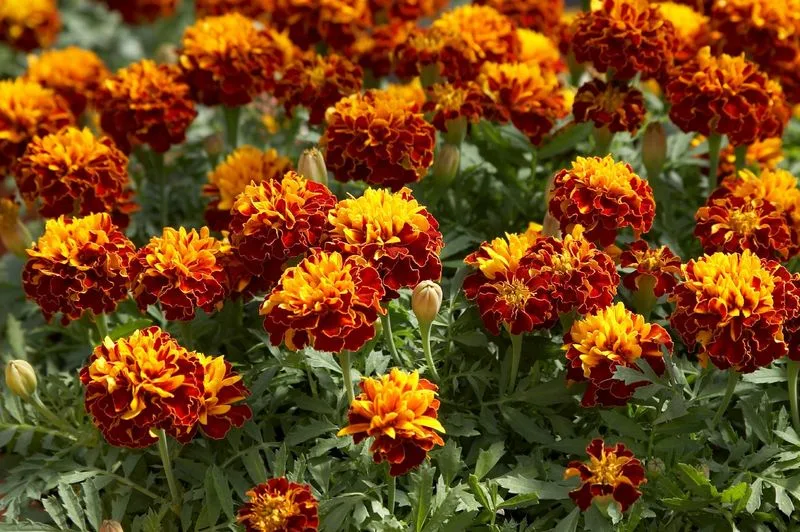
Marigolds are more than just pretty faces in the garden; they are champions in pest control. Their pungent scent is known to attract nematodes, effectively drawing them away from valuable crops.
These cheerful blooms offer a natural solution for keeping gardens healthy and pest-free. Planting marigolds near root vegetables can reduce nematode infestations, safeguarding the harvest.
Their bright colors add visual appeal, making them a popular choice for garden borders. Combining beauty with practicality, marigolds are a gardener’s ally in the fight against pests, providing protection and charm.
Mustard Greens
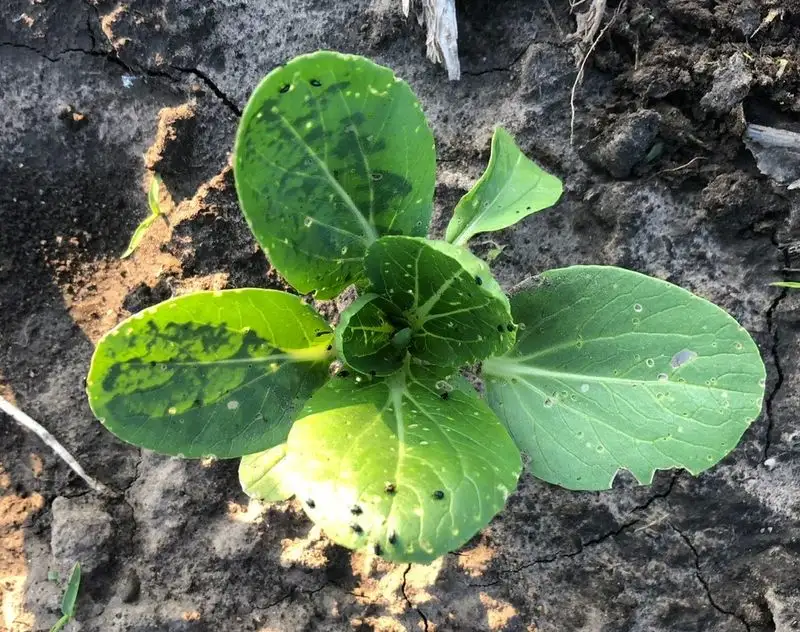
Mustard greens, with their peppery leaves, serve as an irresistible lure for pests like flea beetles. Their ability to attract these insects makes them a valuable trap crop in vegetable gardens.
Planted as a border, mustard greens can shield more delicate plants from pest invasions. Their strong flavor is a magnet for unwanted visitors, keeping them away from desired crops.
Beyond their pest control benefits, mustard greens are nutritious and flavorful, enhancing meals with their distinct taste. Their dual purpose makes them a clever choice for both pest management and culinary use.
Sunflowers
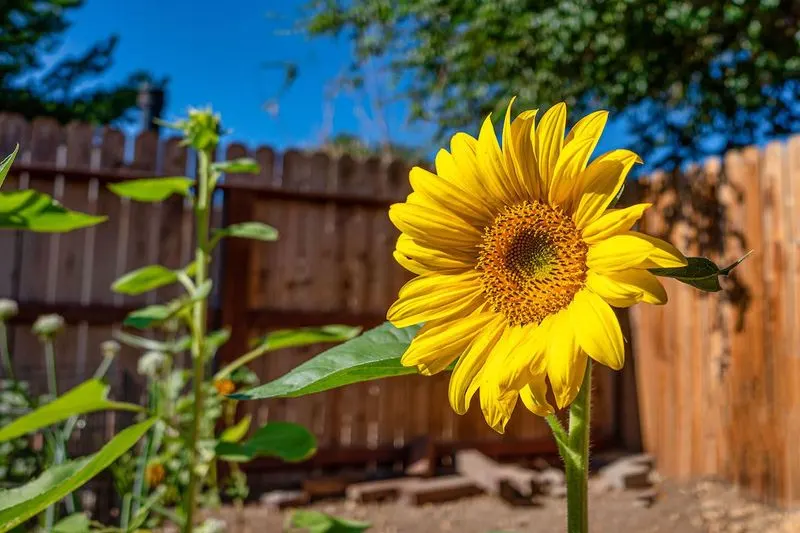
Sunflowers, with their towering presence, are more than just eye-catching beauties. They serve as an effective trap crop for pests like stink bugs. Their large, bright blooms draw these pests away from other plants.
Planting sunflowers around the perimeter of a vegetable garden creates a natural barrier, keeping pests at bay. Their height and vibrant color make them a striking addition to any landscape.
Apart from their pest control benefits, sunflowers offer seeds that can be harvested and enjoyed. Their multifunctionality makes them a beloved choice for gardeners seeking both beauty and utility.
Borage
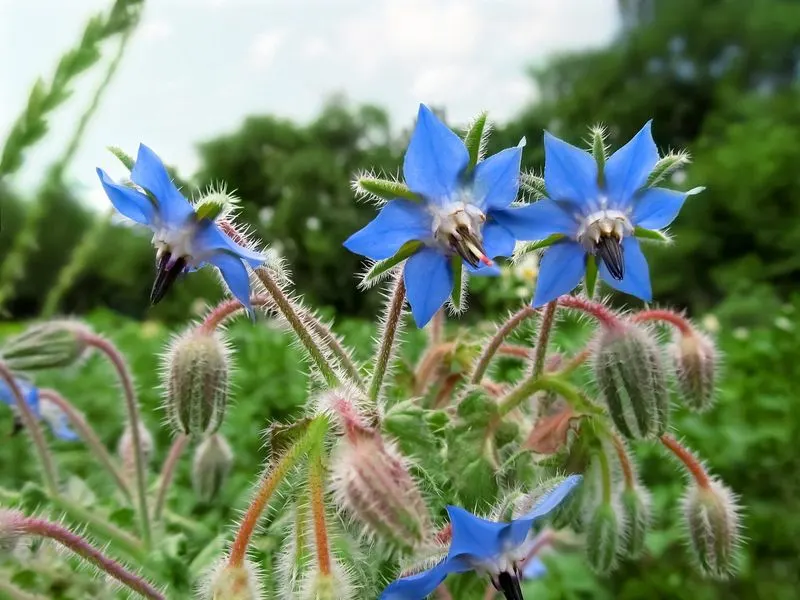
Borage, with its starry blue flowers, is a magnet for tomato hornworms, helping to protect tomatoes from these voracious pests. Gardeners plant borage as a barrier to divert these pests away from precious crops.
The plants are easy to grow and offer continuous blooms throughout the season, adding beauty and functionality to the garden.
Used in companion planting, borage enhances pest control efforts while also attracting pollinators. Its unique appearance and protective abilities make it a worthwhile addition to any vegetable garden.
Alyssum
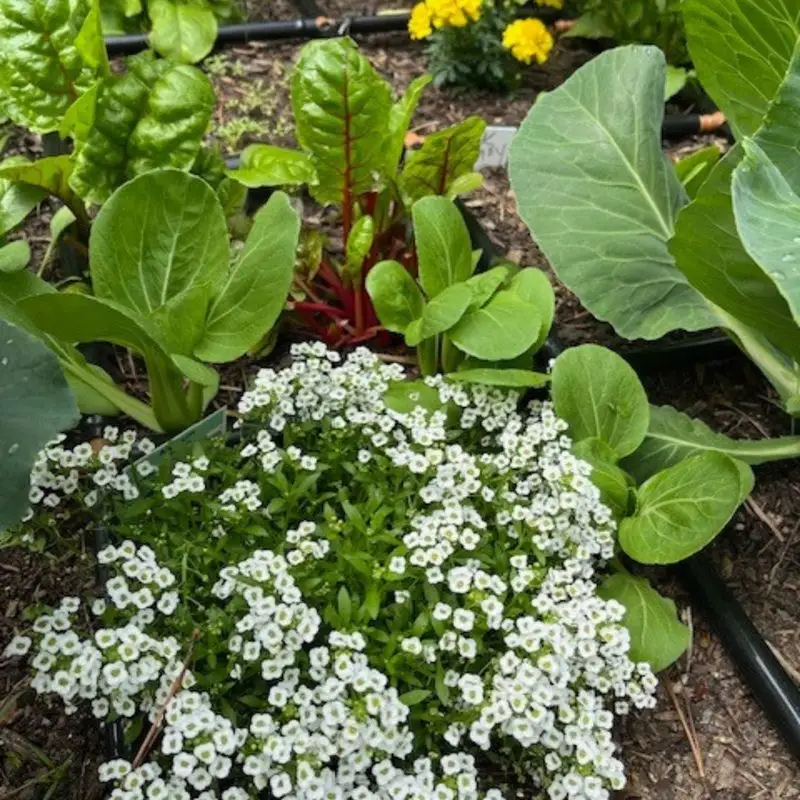
Alyssum, with its delicate white blooms, might seem unassuming, but it plays a crucial role in pest management. These flowers attract beneficial insects like parasitic wasps, which in turn help control pest populations.
By planting alyssum near vegetables, gardeners can encourage a natural balance, reducing the need for chemical interventions. Their sweet scent and compact growth make them ideal for borders and pathways.
Alyssum brings not only pest control benefits but also visual appeal with its charming flowers. It’s a smart choice for sustainable gardening, offering beauty and ecological benefits.

